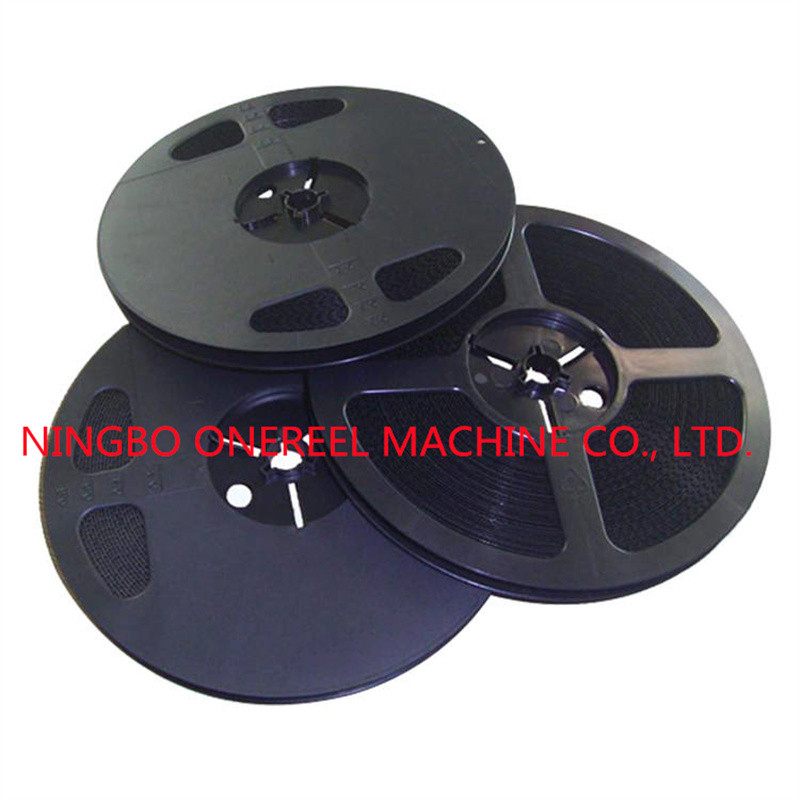Navigating Precision: Key Considerations in Selecting Empty Plastic Reels for Chip Mini Reel Applications
2023-12-21
Introduction:
In the intricate ballet of electronics manufacturing, where precision is paramount, even the seemingly simple components play a pivotal role. The empty plastic reel, tasked with safeguarding chip mini reels, emerges as a critical player in this symphony. Choosing the right plastic reel requires careful consideration of various factors to ensure compatibility, protection, and efficiency in handling delicate electronic components. In this blog post, we'll unravel the key considerations when selecting an empty plastic reel for chip mini reel applications.
1. Compatibility with Chip Mini Reel Specifications:
The foremost consideration is ensuring that the empty plastic reel is compatible with the specifications of the chip mini reel it will house. This includes aligning with dimensions, width, and hub size to guarantee a secure fit and optimal protection.
2. Material Selection:
The choice of material is pivotal in determining the durability and performance of the plastic reel. Common materials like ABS, polystyrene, and polycarbonate offer a balance of strength, weight, and impact resistance, catering to the varied demands of chip mini reel applications.
3. Static Control Properties:
For electronics components sensitive to static electricity, selecting a plastic reel with anti-static properties is crucial. This helps mitigate the risk of electrostatic discharge, safeguarding the integrity of the chip mini reel contents.
4. Weight Capacity and Distribution:
Understanding the weight capacity of the empty plastic reel is essential, as chip mini reels can vary in weight. Proper weight distribution ensures stability during handling and transportation, minimizing the risk of damage to the delicate electronic components.
5. Ease of Integration with Manufacturing Equipment:
The selected plastic reel should seamlessly integrate with automated manufacturing equipment. Compatibility with industry standards ensures smooth handling, reducing the likelihood of errors and optimizing the manufacturing process.
6. Customization Options:
Consider whether the plastic reel can be customized to meet specific requirements. Custom features such as anti-static additives, color coding, or specific dimensions can enhance the reel's suitability for the unique needs of chip mini reel applications.
7. Environmental Impact and Sustainability:
As sustainability gains prominence, evaluating the environmental impact of the plastic reel is crucial. Opting for reels made from recyclable materials or those designed for multiple uses aligns with eco-friendly practices and reduces waste in the supply chain.
8. Regulatory Compliance:
Ensure that the selected plastic reel complies with industry standards and regulations. This is particularly important in sectors with stringent requirements, where adherence to standards is essential for safety and quality assurance.
Conclusion:
Selecting an empty plastic reel for chip mini reel applications is a decision that reverberates throughout the entire electronics manufacturing process. The considerations listed above, ranging from compatibility and material selection to sustainability and regulatory compliance, serve as a guide in navigating the nuanced landscape of precision and protection. As technology evolves and chip mini reel specifications advance, the careful selection of plastic reels will continue to be a cornerstone in ensuring the reliability and efficiency of electronics manufacturing processes.



